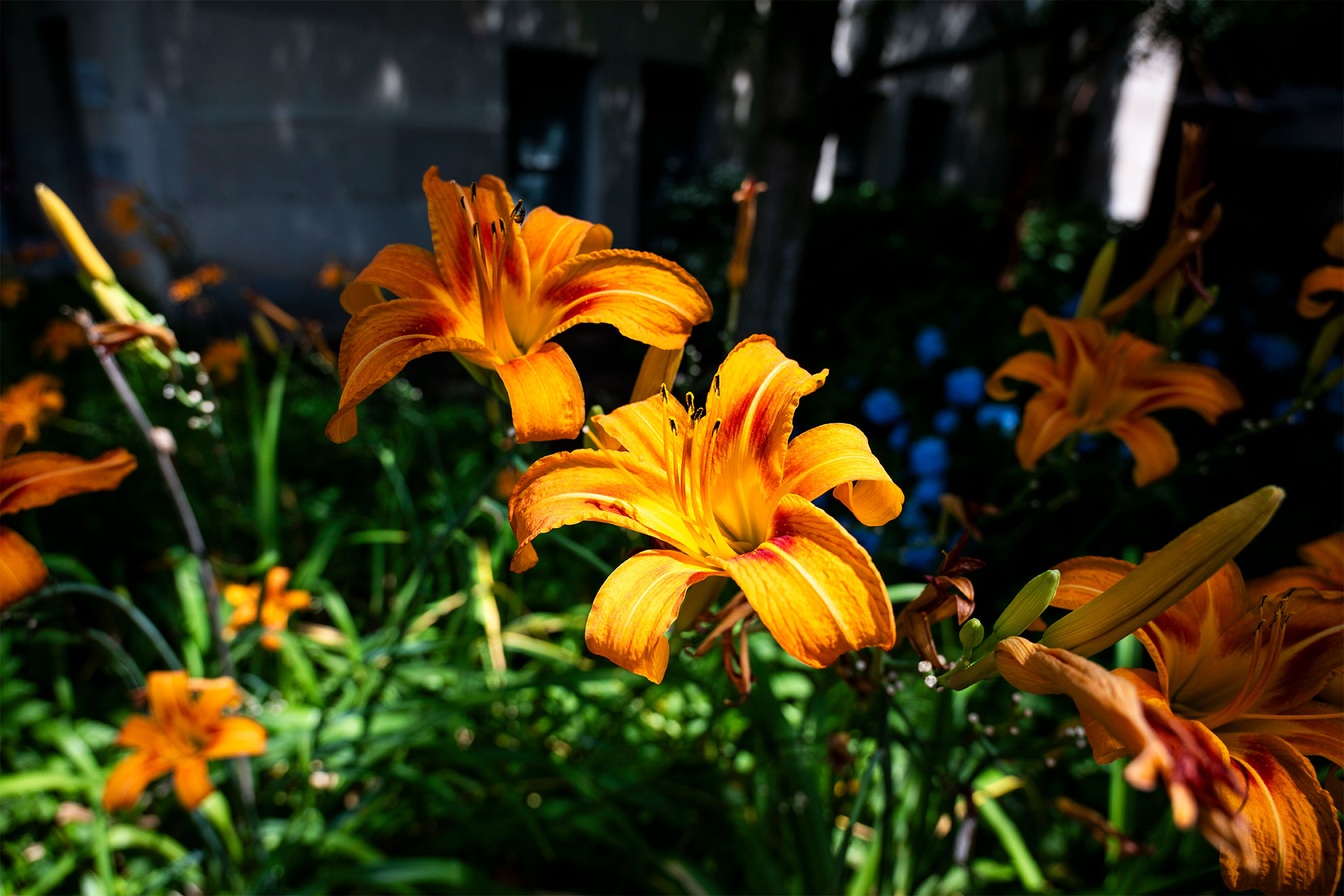At a meeting of the Faculty of Arts and Sciences on Nov. 4, 2024, the following tribute to the life and service of the late Otto Thomas Solbrig was spread upon the permanent records of the Faculty.
Otto Thomas Solbrig was born in Buenos Aires in 1930 and died in Massachusetts in 2023. He was trilingual as a child, speaking English with his mother, German with his father, and Spanish with his siblings. From 1950 to 1954, he studied for an undergraduate degree in agronomy at the National University of La Plata, where he was active in student politics. By order of the government of Juan Péron, Solbrig was expelled from the university and was imprisoned for three months without trial in 1955. After his release, but before the fall of Péron, and without completing the formal requirements for his undergraduate degree, Solbrig emigrated to the United States to study botany at the University of California, Berkeley. His doctoral thesis in plant systematics was advised by Lincoln Constance, Herbert G. Baker, and George Ledyard Stebbins, Jr. Solbrig then served as a curator in Harvard’s Gray Herbarium for seven years (1959–1966) before accepting a faculty position at the University of Michigan. Three years later, he returned to Harvard as a tenured professor of biology, where he remained until his retirement in 2002.
Solbrig’s research focused on the lives of plants in ecological communities. He is best known for his work on dandelions, in which he used isozyme patterns to show that multiple genotypes existed within local populations. In seemingly simple habitats like lawns, he found that there was not one “general purpose genotype” superior to all others but rather multiple genotypes that were better suited to different microenvironments. One factor that helped maintain the genetic diversity of dandelions was the pattern of human perturbation. Some genotypes were better adapted than others to frequent disturbance. Solbrig thus placed earlier theoretical work on “life-history strategies” on a firm genetic basis.
Throughout his career, Solbrig was prominent in the organization of international collaborative research, both on biodiversity and on tropical agriculture. During the 1970s, he was an administrator of the International Biological Program’s Convergence and Divergence of Ecosystems project, which compared the desert floras of Arizona and Sonora with those of northern Argentina and influenced a similar comparison of the Mediterranean floras of Chile and California. During the 1980s, Solbrig served as president of the International Union of Biological Sciences and directed its Decade of the Tropics program. He also served on the International Coordination Council and on the General Scientific Advisory Group for UNESCO’s Program on Man and the Biosphere. In the 1990s, he was the chair of the first Internationally Commissioned External Panel of the Centro Internacional de Agricultura Tropical, with headquarters in Colombia.
Solbrig’s international activities took him to many countries, including the Soviet Union and China, but he always maintained a special love for Latin America. He taught courses on tropical ecology in Costa Rica and Venezuela for North American students, and he taught many courses for Argentinian students in his beloved Argentina. After returning to Harvard in 1969, Solbrig was active in the community of Harvard faculty interested in Latin America. He taught regular courses on the geography and environment of Latin America and was a member of the first Executive Committee of the David Rockefeller Center for Latin American Studies. He organized the Rockefeller Center’s first international conference, Towards a Sustainable and Productive Agriculture in the Pampas.
In 1998, Solbrig received the International Prize for Biology, bestowed by the Emperor of Japan, for his work on the biology of biodiversity, with his work on dandelions singled out for special mention. Among other honors, Solbrig was a fellow of the American Academy of Arts and Sciences and received honorary degrees from the universities of Buenos Aires, La Plata, Mar del Plata, and Lomas de Zamora.
Solbrig is survived by his children from his first marriage, Hans and Heide, and by Dorothy, his wife of more than 50 years.
Respectfully submitted,
Peter Ashton
Noel Michele Holbrook
Naomi E. Pierce
David Haig, Chair
Source link

